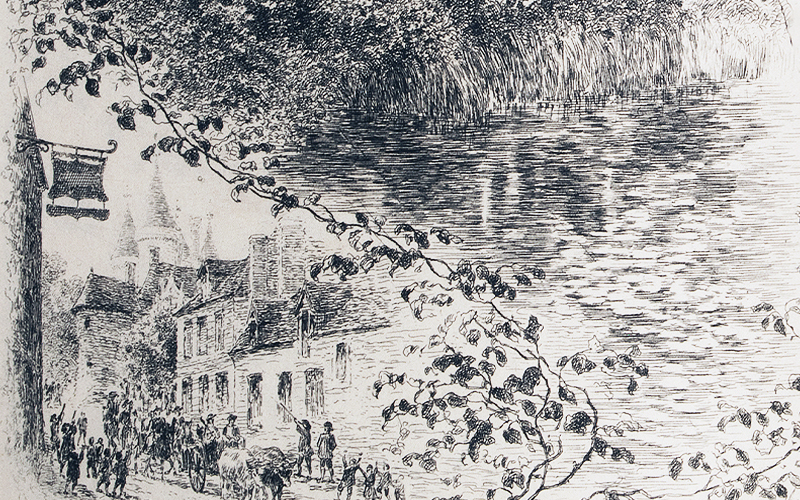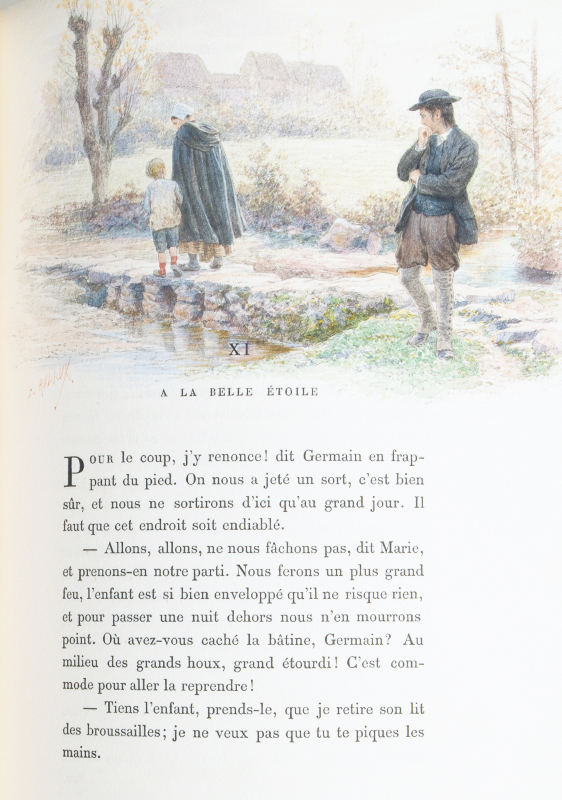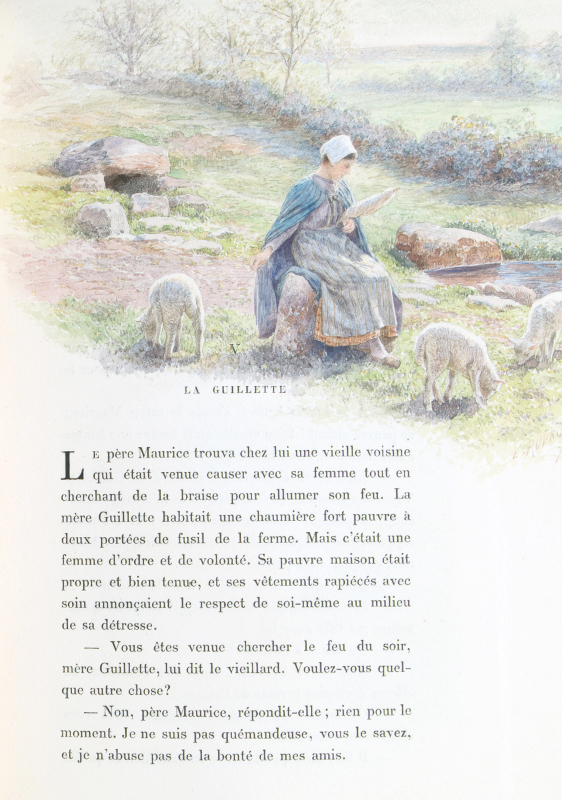George Sand

Amantine Lucile Aurore Dupin, better known by the pseudonym George Sand, was one of the most popular French writers of the 19th century and the first female author to make a living from writing alone. She came to be more renowned in Europe than Balzac and Victor Hugo and her writing continued to be successful even after her death.
A controversial figure in French culture, Dupin would begin to publish her books under a man’s name in order to succeed in a society dominated by men. She became known for her radical political views, for defending the lower classes and fighting for women’s rights, adopting a behaviour which was considered rebellious, like using men’s clothing and smoking tobacco in public. Her works contributed to opening the way for other important female writers, such as Virginia Woolf and Charlotte Brontë.
She collaborated with the newspaper Le Figaro and published numerous novels, poems and dramatic texts. She was portrayed by the pioneers of photography and by various sculptors and painters, inspiring film and television productions as well as musical compositions. One of her most famous romantic affairs was with composer Frédéric Chopin.


In 1925, Gulbenkian acquired a bibliophile edition of the work La mare au diable, one of George Sand’s most famous rural novels, in which the author recognised love as a fundamental value in overcoming the hardships imposed by society. This book was much admired by painter Edgar Degas, who copied excerpts of the text into his notebook. Gulbenkian’s copy is number 5 of a print run of 100 and includes seventeen original prints.
In 1930, the collector bought a second work by the author, entitled François le Champi.
A Collection of Stories
On a weekly basis, we shared a story around Calouste Gulbenkian’s collection. This section was created in 2020, which is why the articles refer to the Calouste Gulbenkian Museum collection as the Founder’s Collection.
Other stories